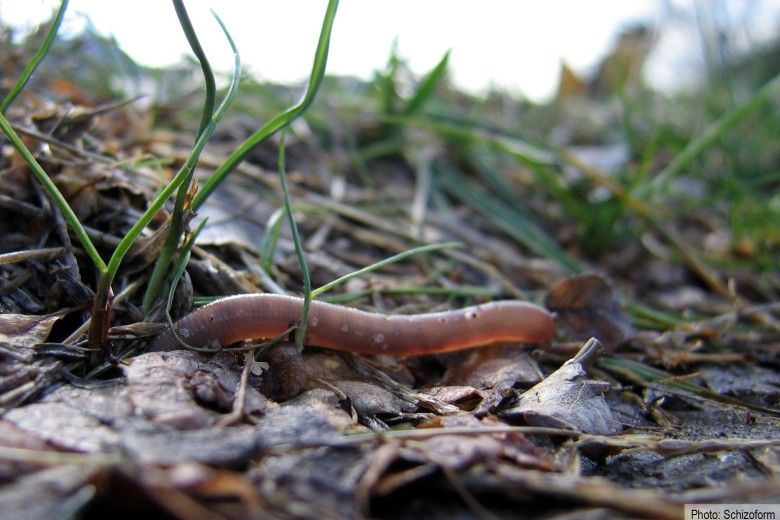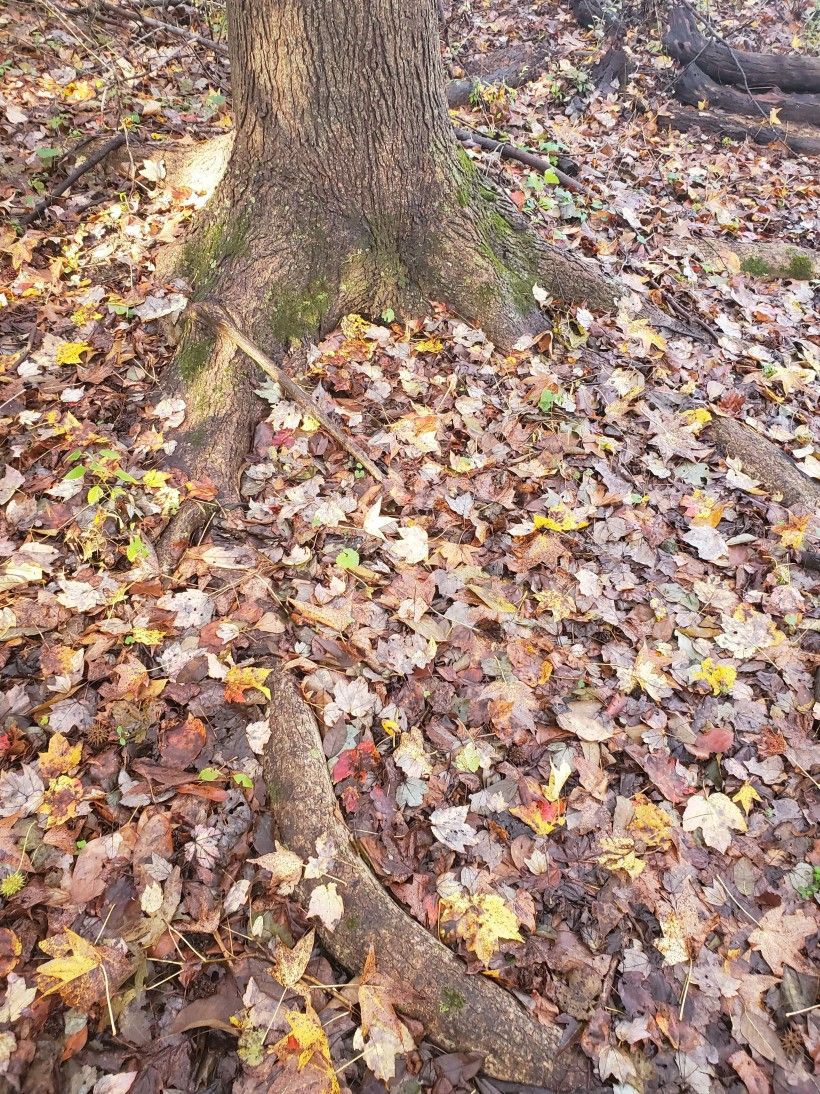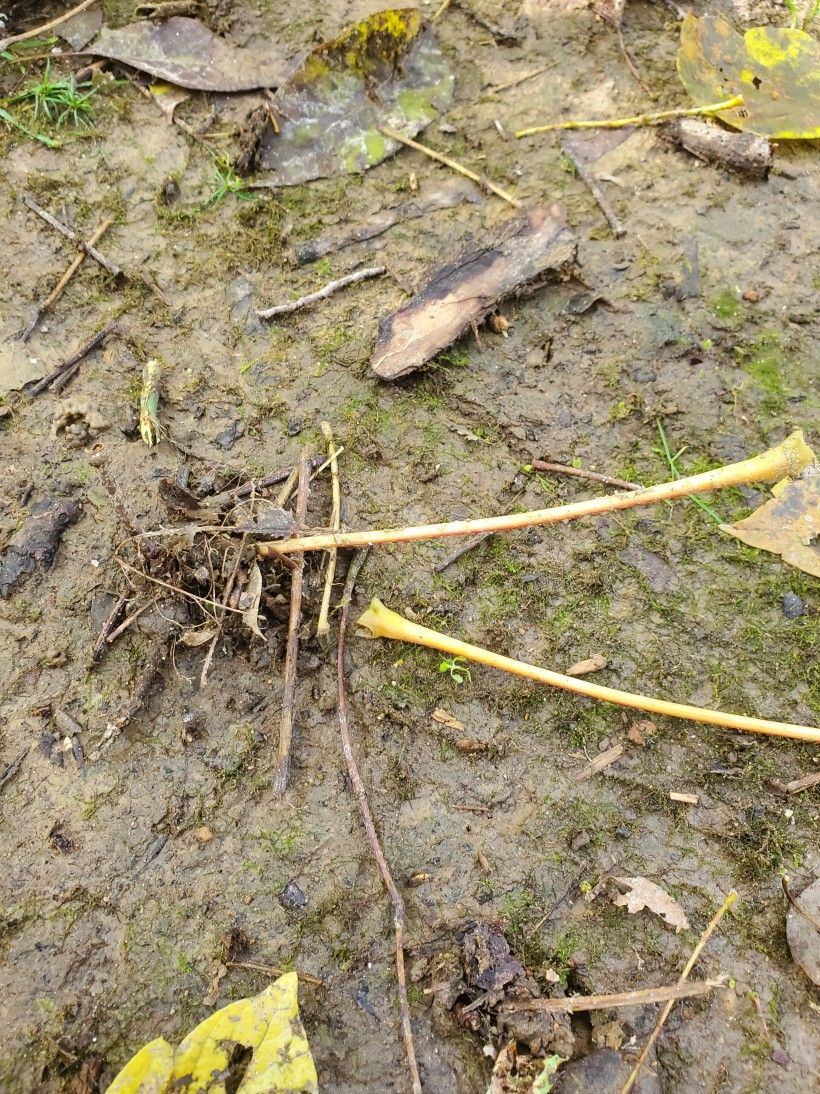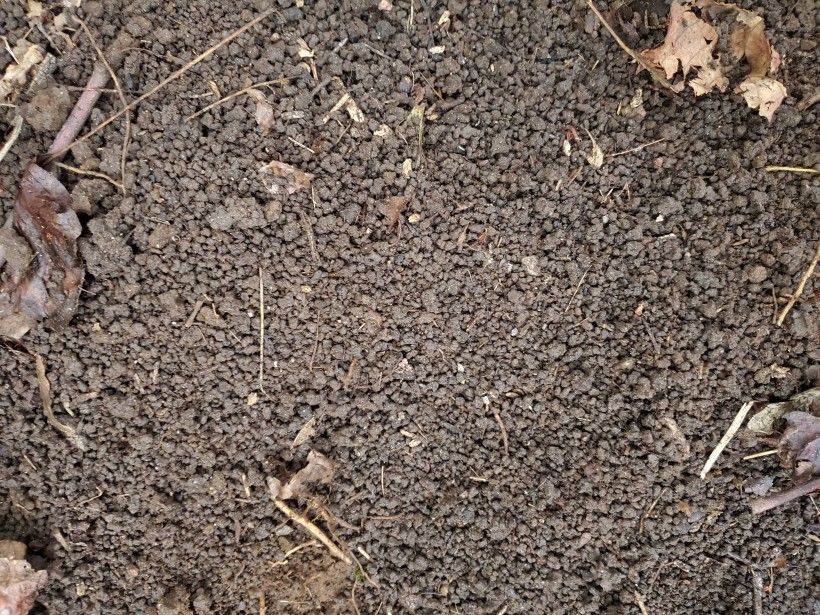The Worms That Are Eating Our Woods

A walk in the woods here in southeastern Pennsylvania and northern Delaware should be through an understory that in springtime is lush and green with shrubs and bursting with colorful wildflowers. In the fall, the woods should be fragrant with a thick carpet of decaying leaves. Recently these experiences are, more and more, just memories. Native shrubs and wildflowers are disappearing, replaced—if at all—with invasive plants such as multiflora rose and Japanese stiltgrass. And it’s not just the native plants that are vanishing in our woods. There are fewer fallen and decaying leaves, and less topsoil.
What’s going on? The over-population of our native white-tailed deer is now an accepted fact. The deer eat shrubs, saplings and wildflowers. But that’s not the whole story. In fact, it’s just the top layer of the story. An exploding population of non-native earthworms is consuming the fallen leaves—eliminating leaf litter, as well as the layer of decaying leaves that should exist below it—and effectively eating away at the layer of topsoil. While it may come as a surprising fact, there are no earthworms native to this region. In fact, there is no evidence that earthworms ever inhabited North America’s northern states before European settlement. Even if they did, the glaciers would have killed any native North American earthworms in our region.


By doing what comes naturally to them, both deer and worms are creating ecological catastrophes, but the worms seem likely to have a more damaging effect. That’s because deer remove only the youngest generation of trees. If deer pressure is reduced, the woodlands, whose canopy trees are still producing nuts and seeds, could recover in 25 years. But trees cannot regenerate if there is no topsoil for their nuts and seeds to germinate in and take root.
Earthworm Origins & What You Can Do to Help
The first earthworms introduced to our region arrived with soils and plants imported from Europe and on discarded ship ballast. More recently, the use of earthworms as fishing bait and for backyard composting has spread them widely. All common bait worms are non-native species, including those sold as night crawlers, Canadian crawlers, leaf worms, wigglers or angle worms.
Worms reproduce quickly and are easily transported. Currently there are no economically feasible methods to control the earthworm populations. Preventing worm introductions is the best protection. Without humans moving them around, earthworms move slowly, less than a half mile over 100 years. If we stop introducing them, we can ensure earthworm free areas for some time. If you compost, don’t add worms. If you fish, dispose of unwanted bait in the trash instead of dumping it in the woods.

Dr. Cindy Hale, at University of Minnesota Duluth, has created an informative website that helps to identify species and understand basic earthworm biology and forest ecology. Dr. Hale has also developed a citizen science program whereby individuals can report findings of earthworms, called Great Lakes Worm Watch. It is not limited to Great Lakes worms. Anybody who is concerned about the long-term health of their woodlot can submit data. Documentation is an essential first step in understanding the problems posed by invasive non-native earthworms.
If you have questions about your woodlands and whether non-native earthworms are present, contact the Brandywine Conservancy Land Stewardship staff.
Header photo by Schizoform via flickr. [CC BY 2.0 (https://creativecommons.org/licenses/by/2.0)]. All other photos by Kevin Fryberger.